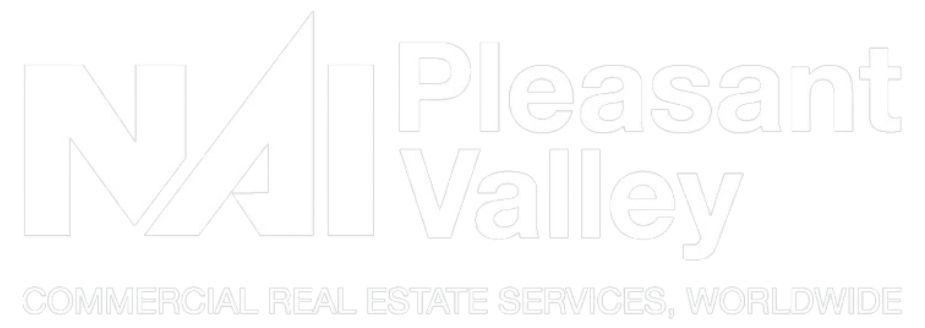What’s happening in… Seoul, Korea?

A quick reminder to NAI Professionals and clients: NAI Global’s reach is, well, global. We are proud of all NAI Offices around the world as well as their regional and local insight. For today’s edition of the ‘What’s happening in…’ blogs, we turn our attention to Seoul, the capital of South Korea – and specifically its office real estate vertical.
Located in the north-west of the country, Seoul is home to some nine million people (including over 400,000 non-nationals), and is the largest city in Korea. It is strongly associated with technology, finance, and business, and some 14 companies from the Fortune Global 500 are headquartered here, including Samsung, Hyundai, and LG.
Changing lives
In Seoul, our local experts and partners describe a commercial real estate (CRE) and office space environment that is relatively stable despite the hardships of the Covid-19 pandemic, with a limited amount of new supply expected to come on to the market in 2021. In early Feb 2021, Korea, as a country, had some 80,000 infections and a death toll of 1464, and Seoul was a key concern for pandemic management because it is such a densely populated city.
Still, there have been considerable social and work-life changes in Seoul as a result of the pandemic. The Korean Herald reports that residents of Seoul worked less and relaxed more during 2020. This comes from the findings of a city government survey that shows a 12-minute decline in daily working time compared to 2019.
Seoul itself offers a vibrant and diverse community, and it is a regional center of economic activity, in easy travel distance of many of Asia’s highlights. Industrial action has however led to a decline in working days, and tourism has been greatly slowed by Covid-19 fears. As the vaccination efforts roll out, these are some of the economic areas where analysts are hoping for a recovery in 2021..
Latest data
Despite the pressures of lockdowns and distancing, 2020 was reportedly a record-breaker year for office investment volume. Analysts suggest that this is underpinned by a healthy investor appetite for stable real estate assets and see Seoul as offering this.
According to the NAI Korea [HM1] monthly data analysis focusing on its market, published in January 2021, the average vacancy rate of office buildings in Seoul’s central business district (CBD) is 7.62%, with the average net occupancy cost (NOC) at $52.39 as of December 2020. NOC is the cost that 1㎡ of gross floor area incurs to a tenant who rents the property. NOC can be useful to compare different types of office buildings.
On the residential side, driven by low supply, there has been strong growth in prices, and this is likely to see policymakers relaxing some restrictions.
For a detailed breakdown of NAI Korea’s Seoul data, click here.
